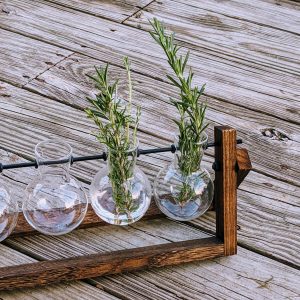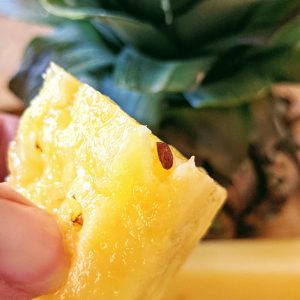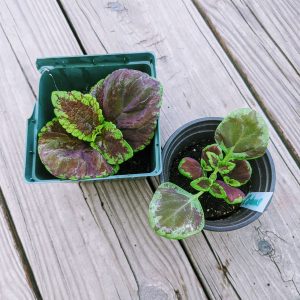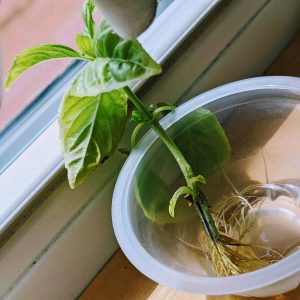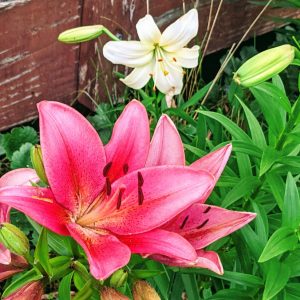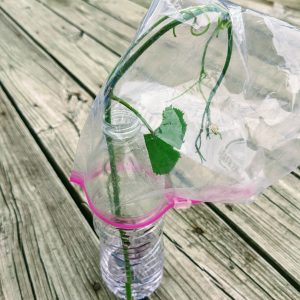Vegetative Propagation & More Plant Propagation Techniques
Propagation in plants is the process of reproduction, or making more plants. When plants multiply, the offspring may be identical to the parents or hybrids that have a combination of traits from both the male and female plants, depending on the type of propagation. Vegetative propagation involves plants reproducing without fertilization.
Plants can reproduce on their own in nature, but it’s also possible and a lot of fun to learn how to propagate plants from a gardening perspective!
Plus, the benefits of plant propagation are amazing. First, you can get FREE plants! Second, you learn cool sciency things. Next, you can selectively enhance the quality of your crops. Finally, did I mention the free plants?!
Before we get started on how to propagate plants, let’s look deeper at this topic. I’m happy to dig into what plant propagation is and then break it down into the different types of propagation.
What is plant propagation?
In short, plant propagation is how plants reproduce and multiply. Plants propagate on their own or as a result of other parts of nature such as the birds, bees, other pollinators, or the wind, to name a few. Humans can also participate in plant propagation techniques, even breeding plants specifically to create unique varieties, hybrids, and promoting certain characteristics in the offspring.

What are the different types of plant propagation?
Plant propagation generally involves one of two types of reproduction: sexual plant propagation or asexual plant propagation. Some popular types of plant propagation include reproduction by seed, propagation from stem or leaf cuttings, root multiplying (growth) and division (cutting), bulb scaling, grafting, and suckering, among others.
What is vegetative propagation?
Vegetative propagation involves making more plants from parts of the existing plant. Typically, this means new plants come from part of the stem, leaves, roots, buds, or other parts of the plant. Vegetative reproduction is considered an asexual form of plant propagation. Techniques may include division, layering, growing from cuttings, and so forth.
Vegetative Propagation Benefits
- No pollinators necessary
- Fun gardening experiments abound
- Cool activities to try with kids
- Get Free Plants!
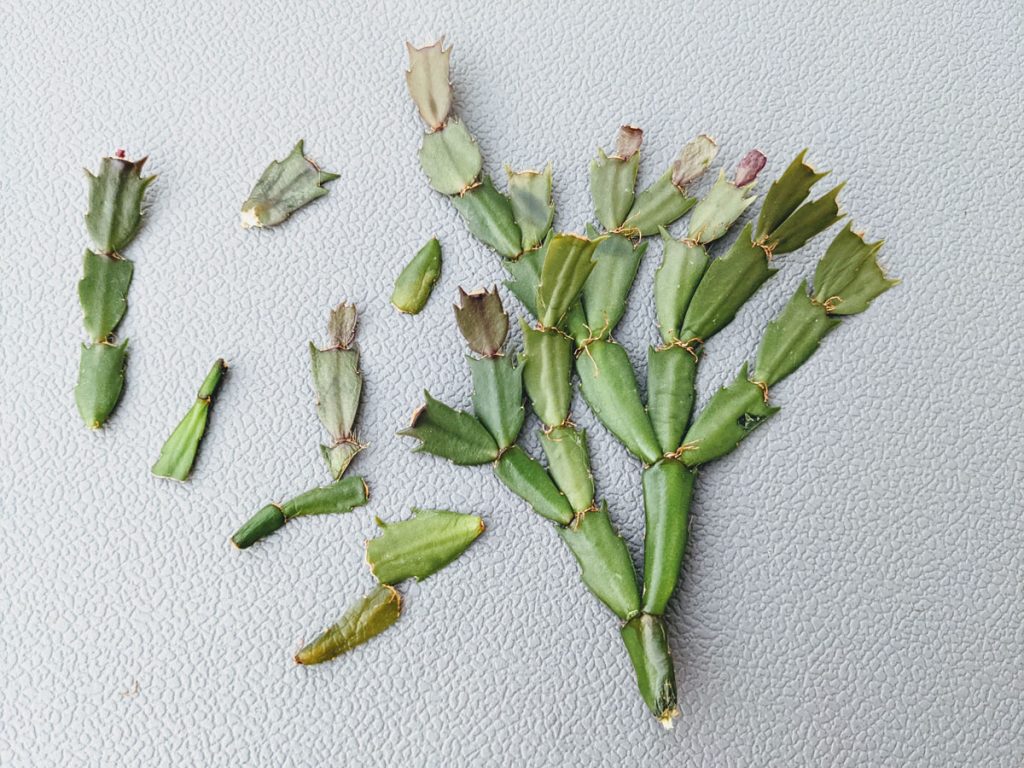
Sexual Propagation of Plants
Think of the birds and the bees! Sexual propagation involves pollination and viable seeds with embryos inside. Gardeners can also help with hand pollination. Planting seeds is a common way to propagate plants, although sometimes the offspring will be different from the parent plants.
Asexual Propagation of Plants
Growing more plants from existing plant parts may be considered asexual reproduction. Vegetative propagation involves reproduction of the plant by its existing parts rather than by sexual reproduction (formation of seeds).
Some common forms of asexual plant propagation include:
- Taking Leaf Cuttings
- Starting Stem Cuttings
- Root Cuttings (such as Digging up Suckers)
- Root Division
- Tissue Culture
- Grafting
- Budding Propagation (for example, with self-pollinating fruit trees)
- Air Layering
- Fragmentation
- Scaling Propagation (such as with lilies)
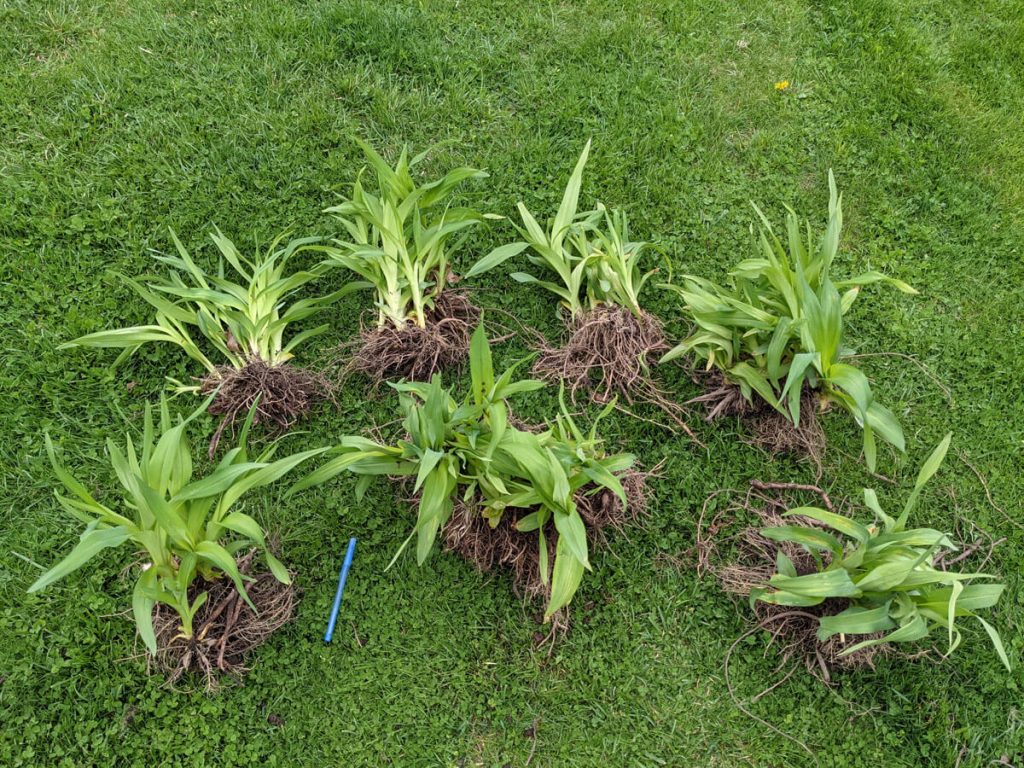
Final Thoughts – Popular Plant Propagation Techniques
Some of the most popular plant propagation techniques are starting plants from seed, rooting cuttings, or root division.
Certainly, planting seeds is a favorite gardening hobby for me. However, vegetative propagation is swiftly taking over as another favorite hobby of mine.
My Vegetative Propagation Experiments So Far:
Now that I’ve gotten started with plant propagation, I’m excited to learn even more. I’ve tried numerous different vegetative propagation techniques to date and will continue to explore with my kids.
By the way, some of my favorite experiences propagating plants that I’ve personally tried include:
Propagating Flowers & Houseplants
- Learning How to Grow Roses from Cuttings
- Propagating Snapdragons from Cuttings
- Propagating Nasturtiums from Cuttings
- Trying to Propagate Lilies from Scales
- Propagating Christmas Cactus
Fruit Plant Propagation
Layering is another plant propagation technique that I can’t wait to try. I hope to add a plant air layering kit to my Christmas list this year.
Of course, I will share my experience when that time comes!
What are your favorite vegetative propagation techniques? Do you have any questions about plant propagation?
Feel free to share tips or questions in the comments below! Also, let us know if you have plant propagating requests to cover in future posts!
Happy Gardening!

